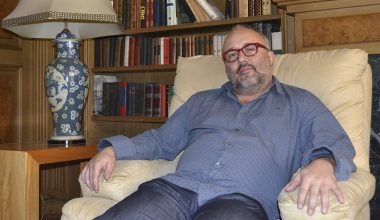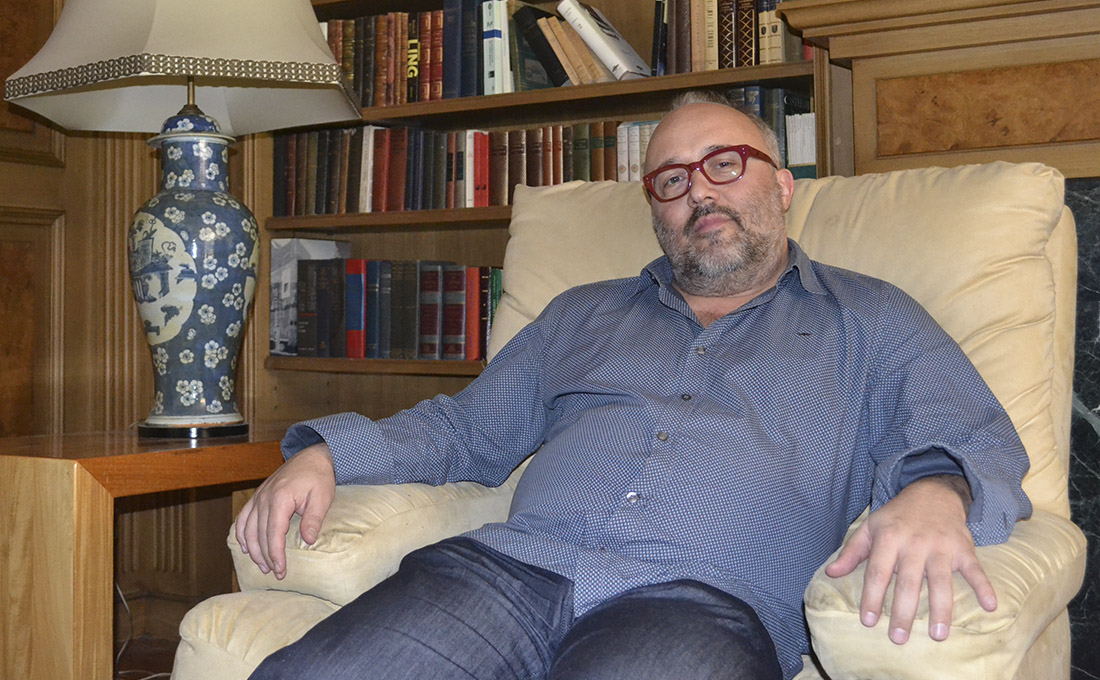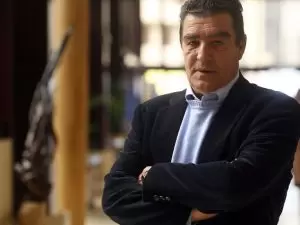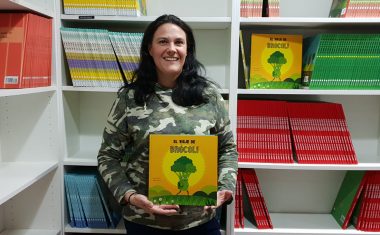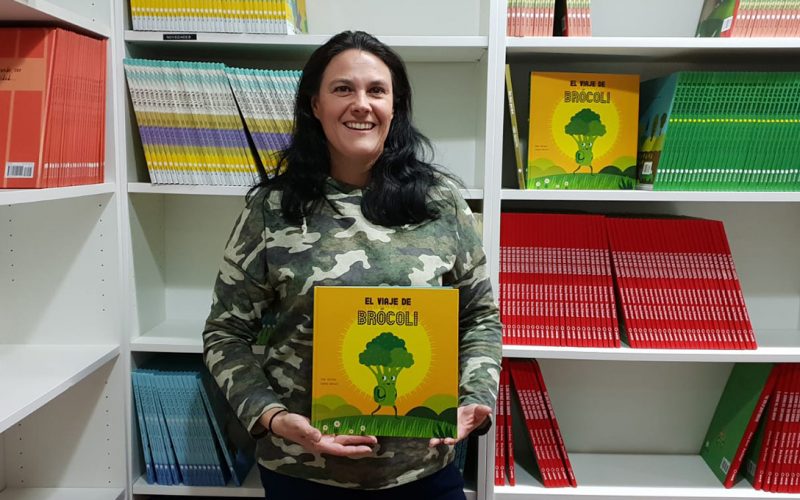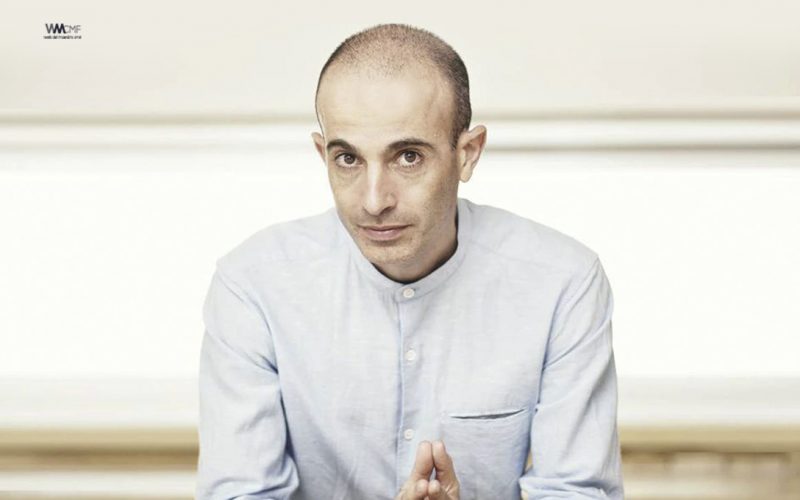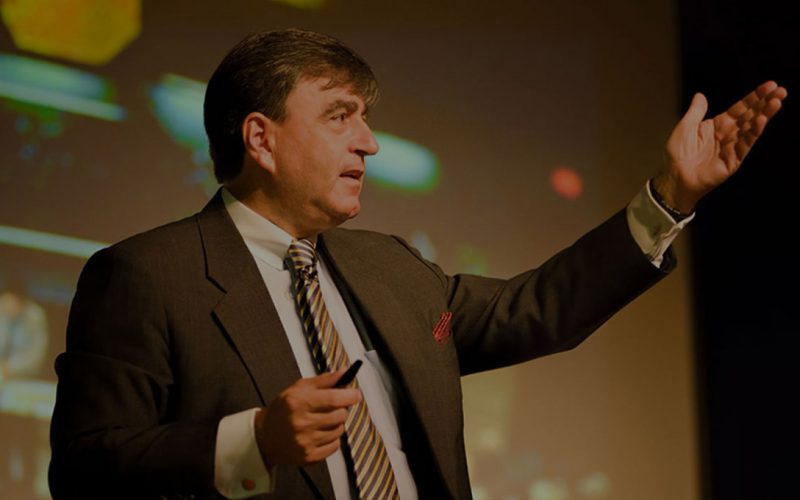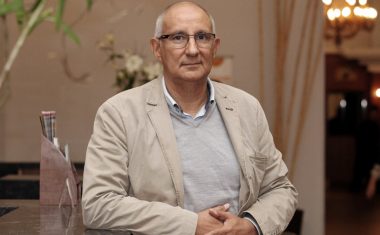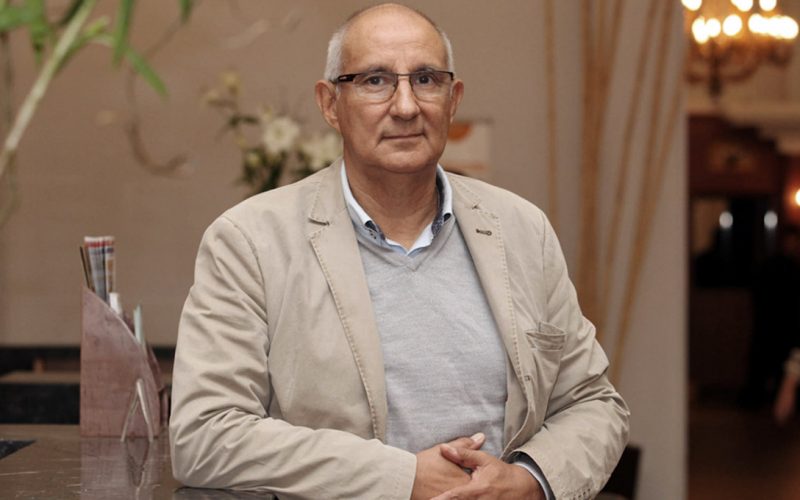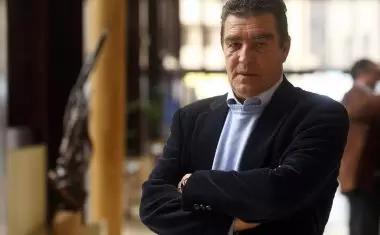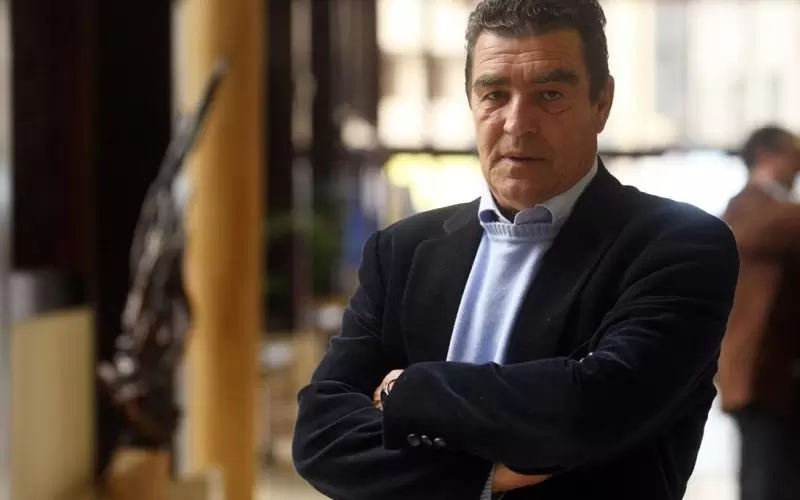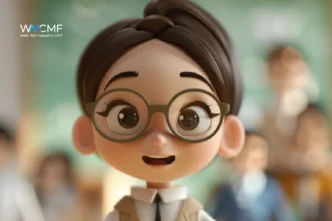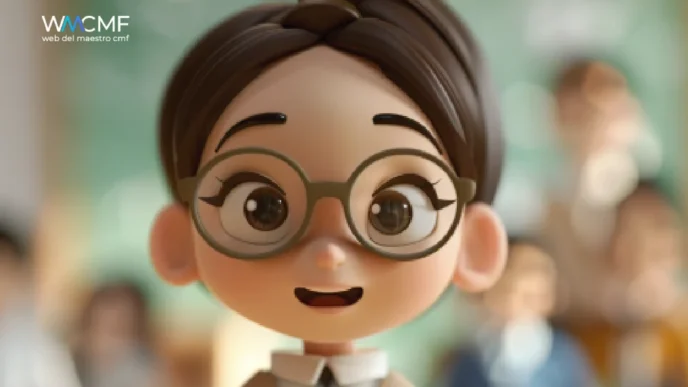Professor and researcher in Educational Sciences Daniel Cassany (1961), believes that “the best teacher is not the one who speaks more or better, but the one who knows how to organize the class so that students can speak with interest about the content of the program. (…) Teaching today does not mean giving lectures, but planning activities», and that «education is a conservative institution, which evolves much more slowly than technology, therefore it would be good for education to be more up to date». For this reason, he proposes assessing and applying a post-pandemic school education that is cooperative and a hybrid system, but -advices Doctor Cassany- “it is necessary to find out what the youth is interested in and help them, guiding them to continue investigating and researching, to motivate them to debate ideas versus ideas, based on respect.”
The biweekly portal The Clinic (Chile) publishes an interview that the journalist and Communication Graduate Javier García Bustos holds with Professor Cassany, sharing it with us solely for educational and permanent training purposes. We have chosen only a few questions and answers; and we inform you that the words in bold and italics are ours. We suggest you read the full interview in the link that we provide at the end of this publication.
JAVIER GARCÍA: … the loss of direct teacher-student contact, the lack of social experience … What other advantages and disadvantages do you see in these months?
DANIEL CASSANY: “… many people are discovering the advantages or possibilities of digital or online interaction. […] We are experiencing an acceleration or increase in communication and digital education. But it is also true that it is a mandatory, forced, not voluntary change … […] Distance education, remote, whether by mail, telephone, television and now the Internet, was always asynchronous, without coincidence in time, but the leap to digital education that we have experienced in most countries has been synchronous: teaching with the same schedules and roles of teacher and student, but from home through Zoom, Meet, Collaborate or whatever. […] ”.
“El Arte de dar Clases” -The art of Teaching- (BOOK BY DANIEL CASSANY. RECOMMENDATION) (06´ 14”) (VIDEO)
JAVIER GARCÍA: And what advantages could help in the future?
DANIEL CASSANY: “Among the advantages of online education there is access to all the resources of the network, saving resources such as: time, commuting, paper, etc. […] and among the disadvantages, lack of empathy, contact or emotion and quality, of course, because although it can also be learned online, and a lot and very well, I think we can learn much more face to face. All teachers are exhausted from the number of hours we spend in front of screens. To sum up, we need to «normalize» the situation in order to start assessing what we want to do voluntarily face to face and what online, and whether it should be synchronous or not. «
JAVIER GARCÍA: … Is it still […] the teacher’s job to know how to keep their student’s attention or are they the foundations of an education system that must rethink how to proceed with the students?
DANIEL CASSANY: “[…] the myth of digital natives […] has been replaced by that of digital residents, those who have learned and also live on the Internet, as an integrated part of their daily life. […] the distance learning that we have had so far is essentially asynchronous … and teachers may perhaps be more used to this. [… to the school and to all education] would do well to catch up and reestablish themselves in order to bond in a more natural way with the community”.
JAVIER GARCÍA: What advice would you give to parents or guardians, [who] try to understand subjects and do homework in front of the screen?
DANIEL CASSANY: “[…] it is not a didactic or educational problem, but the fact that we do not have the houses designed to work in, or offices to be used as recording studios, nor a computer equipped with lighting, or the background prepared to broadcast live … I believe that teachers and educational centers should incorporate this point in their curriculum and approach and make progress to make synchronous education more flexible, in combining asynchronous spaces, with material and homework that can be solved at any time, with tutoring and synchronous short sessions. […] «.
JAVIER GARCÍA: How do you perceive these changes and what worries you the most and what thrills you the most?
DANIEL CASSANY: “[…] I am optimistic and what worries me is that it will take much longer than anticipated to regain the new or previous “normality”. I think that, for now, we have been able to choose little whether or not we want to use technology to communicate and educate, because it has been “either you do it confined by Zoom or Meet or you do nothing”. I would like to be able to choose if I want to do it face to face or online, and I think that many have already begun to see the advantages of one option and the other. But it is clear that face-to-face interaction is more intense and complete and there is much more to learn”.
JAVIER GARCÍA: In your new book you refer to the importance of “creating hybrid teaching systems”. How would you assess them and how would you apply them?
DANIEL CASSANY: “Hybrid or dual systems are classes in which some of the students are physically in the classroom and some others are at home or elsewhere. […] although there are more resources (Zoom, Collaborate Ultra) that allow better management of the situation, it is still difficult to integrate the two groups in partaking dynamics”.
JAVIER GARCÍA: [regarding the digital division] How do you evaluate this problem and what other alternatives could help to fight digital disparity?
DANIEL CASSANY: “[…] The confinement has shown the seriousness of this problem. […] we must be aware that this is only the tip of the iceberg, and that underneath there are even more serious issues. When you have a laptop, good Wi-Fi, and spaces to work, then we find that many kids don’t know how to use these tools to learn about curriculum topics. These are cognitive, competence or sociocultural gaps. They may know how to use WhatsApp or a social network for fun, but they don’t know how to look for reliable information or get basic ideas from diverse related websites and contrast their differences.»
The full interview, which has served as a source, can be found at this link: DANIEL CASSANY AND VIRTUAL EDUCATION: «TOO MANY HOURS ONLINE IN A ROW CANNOT BE ENDURED BY NO ONE, WE MUST DIVERSIFY OUT TEACHING CHOICES»
“Reading on the Internet is infinitely more difficult than reading on paper. Nor am I saying that it is easy to read on paper. But the internet is full of garbage, never before have we had so much garbage written all over. With the Internet, the way we read has changed radically”. (06/20/2013).
Original translation by Carla Zapata.
WEB DEL MAESTRO CMF
